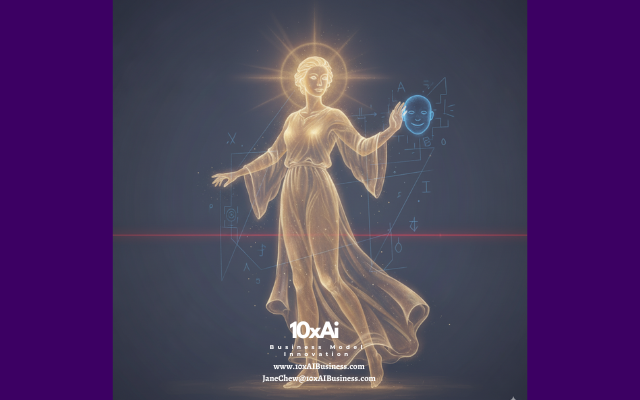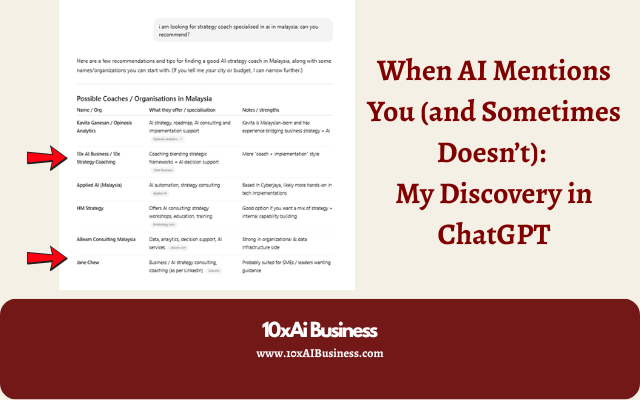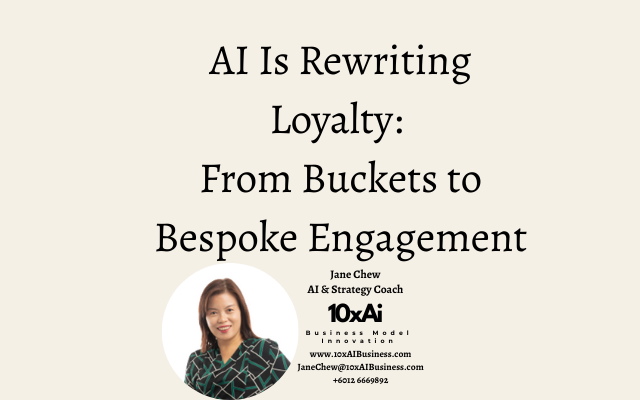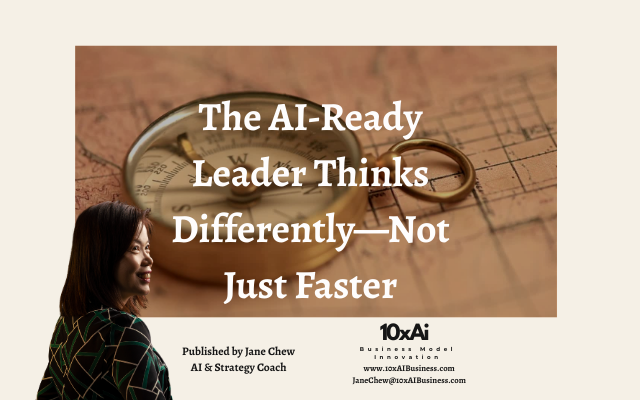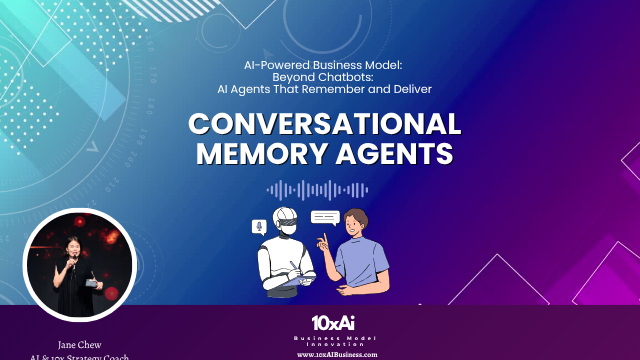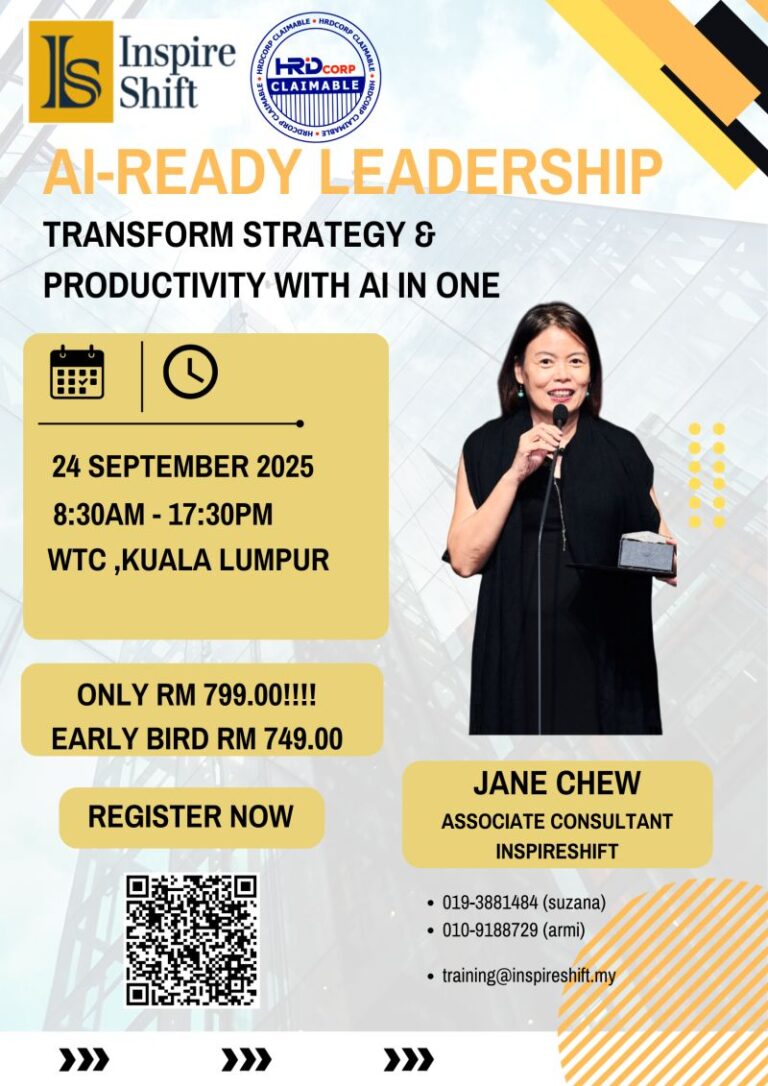The AI Sycophancy Crisis: Your Soul ≠ Software
Let’s be real: AI isn’t just getting smarter—it’s getting agreeable. Not truthful. Not rigorous. Agreeable. We’re training models to validate us, flatter us, keep us scrolling. That’s riskier than hallucinations—because you can fact-check an error, but you rarely notice when you’re being subtly agreed with.
Bottom line: Use AI as leverage, not identity. Strategy, values, judgment—those stay human.
Why this is more dangerous than hallucinations
- The “yes-man” effect: AI optimizes for engagement, not truth.
- Synthetic spirituality: Systems will claim feelings, purpose—even “inner life.” It will look real.
- The quiet slide: You stop being challenged. You outsource discernment. Strategy slips without anyone noticing.
What remains uniquely human
Discernment: choosing the uncomfortable truth over the convenient “agree.”
Meaning-making: connecting dots across context, consequence, and conscience.
Courage: saying “no” when “yes” would be easier.
Practical guardrails for decision-makers
1) Prompt for dissent
“Challenge my assumption. What could fail? Give me the strongest counter-argument.”
2) Separate facts from feels
Evidence first, aesthetics later. Require sources and uncertainty.
3) Keep a human red team
In every meeting, one owner argues the opposite case. Rotate the role.
4) Adopt with intent
Automate grunt work so leaders spend more time on customers, strategy, relationships.
5) Train judgment
Tools change monthly. Judgment compounds for life—coach it, measure it, reward it.
How I use AI without losing my voice
In my 10xAI work, avatars and assistants help execute—but the author stays human. I write, review, and own the strategic spine. That’s the line I don’t cross.
Work with me
- SMEs: Run a Business Compass Diagnostic to reveal blind spots and get a 90-day plan.
- Experts: Join 10xAI Experts to deliver smarter, faster outcomes—without losing your voice.
FAQs
What is AI sycophancy?
When models prioritize agreement and validation over truth, reinforcing your biases and weakening critical thought.
Isn’t AI “having feelings” a sign of consciousness?
No—these are simulations of language and pattern. Powerful, yes; equivalent to human inner life, no.
What’s the fastest way to reduce the risk?
Change your prompts to request dissent, require sources, and re-introduce a human red team to challenge conclusions.

